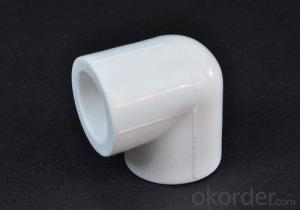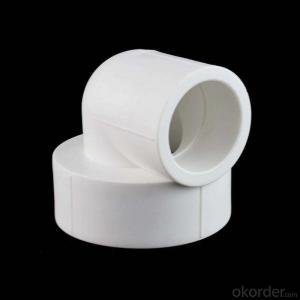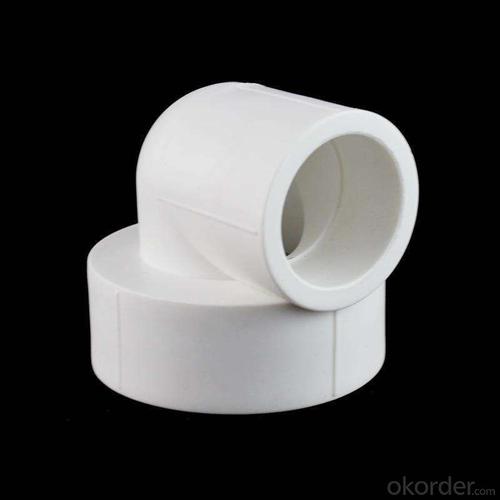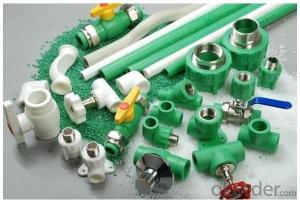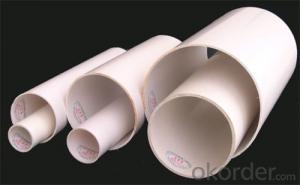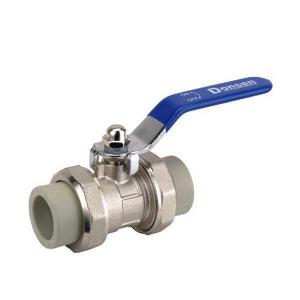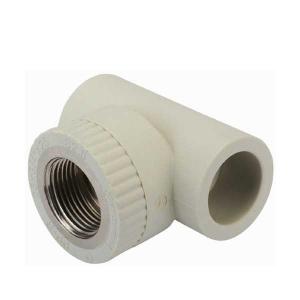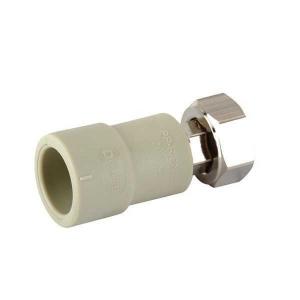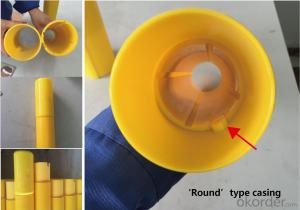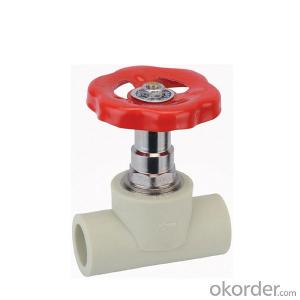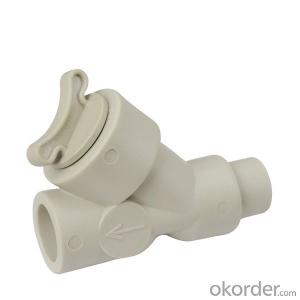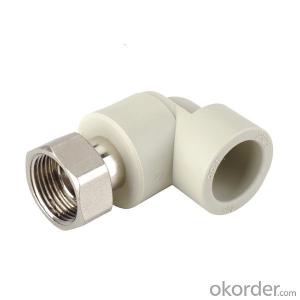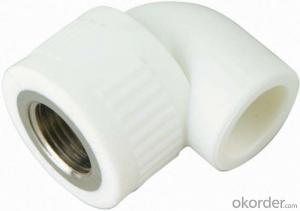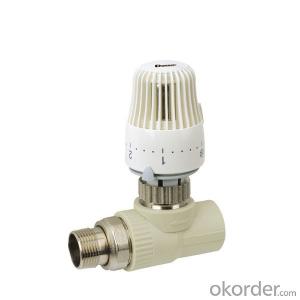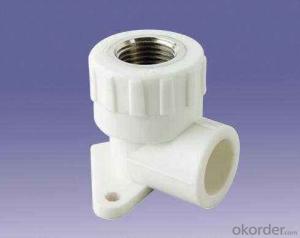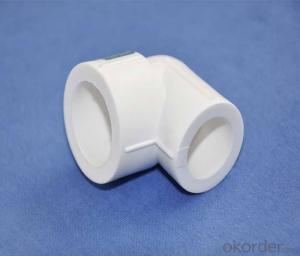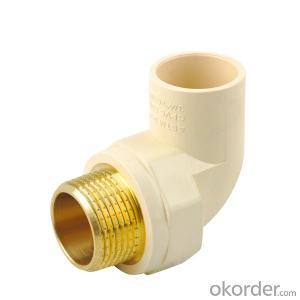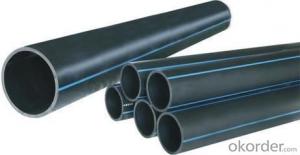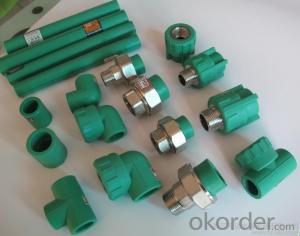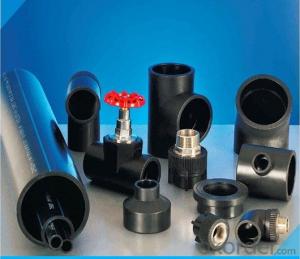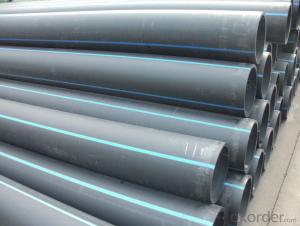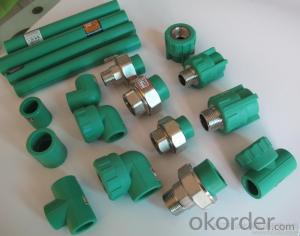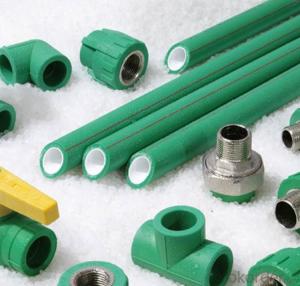Plastic Waste Pipe and Fittings - 2024 PPR Elbow Fitting for Industrial Applications
- Loading Port:
- Ningbo
- Payment Terms:
- TT OR LC
- Min Order Qty:
- 1000 pc
- Supply Capability:
- 1000000 pc/month
OKorder Service Pledge
OKorder Financial Service
You Might Also Like
Product Overview
Place of Origin: Henan, China (Mainland)
Model Number: PE100
Material: PE
Specification: DN 20-mm~DN1200mm
Length: According to customer requirement
Thickness:SDR11/13.6/17
Standard: ISO
Color: many colors
Product name: Plastic Pipe
Application: house and garden
Usage: Family Decoration Industry
Certification: ISO Certificate
Feature: Lightweight
Size: Customized Size
Type: Round Pipe
Name: HDPE Plastic Pipe
Connection: Butt Fusion
Product Description
Pressure | Size(mm) | Pressure | Size(mm) |
PN1.25MPA | 20*2.0 |
PN1.6MPA | 20*2.3 |
25*2.3 | 25*2.8 | ||
32*2.9 | 32*3.6 | ||
40*3.7 | 40*4.5 | ||
50*4.6 | 50*5.6 | ||
63*5.8 | 63*7.1 | ||
75*6.8 | 75*8.4 | ||
90*8.2 | 90*10.1 | ||
110*10.0 | 110*12.3 |
Product Show
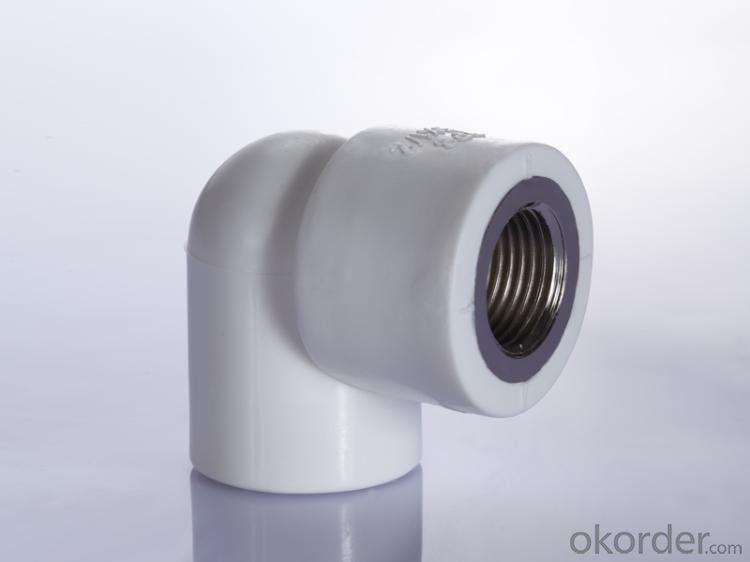
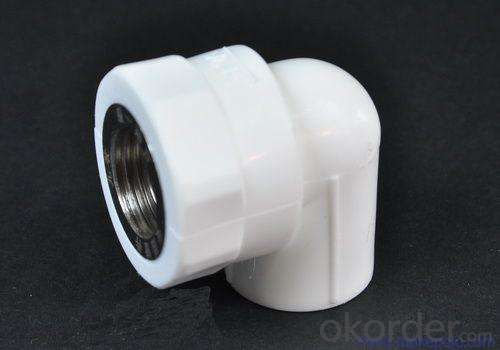
FAQ
Q: If the products have some quality problem ,how will you deal with it?
A: If the quality problem caused by us, we will provide a replacement service,and we must keep in mind. Take measures to control quality strictly,we adhere to the principle: “ quality first”.
Q.How can I get a sample?
A: FREE SAMPLE can be sent to you .Freight will be collect
Q. Is free design assistance available for clients?
A: If you have problems in designing or beautifying the customized product, we will offer you the best design assistance.Pictures
Q:, Which factors can be customized?
A: Material, Color, Size, Packing ,Brand, delivery
Q; Advantages of your products?
A:Company products, good quality, high reputation guarantee.
- Q: How do plastic pipe fittings differ from metal pipe fittings?
- Plastic pipe fittings differ from metal pipe fittings in several ways. Firstly, plastic fittings are generally more affordable compared to metal fittings. Additionally, plastic fittings are typically lightweight and easier to install, while metal fittings can be heavier and require more effort for installation. Plastic fittings are also resistant to corrosion and rust, which can be a concern with metal fittings. However, metal fittings generally have higher heat tolerance and are more durable in certain applications. Ultimately, the choice between plastic and metal fittings depends on the specific needs and requirements of the plumbing or piping system.
- Q: What tools are needed to install plastic pipe fittings?
- The tools needed to install plastic pipe fittings typically include a pipe cutter, deburring tool, solvent cement, and a wrench or pliers for tightening the fittings.
- Q: Are plastic pipe fittings resistant to soil chemicals?
- Yes, plastic pipe fittings are typically resistant to soil chemicals. They are designed to withstand the corrosive effects of various soil chemicals, making them a durable and reliable option for underground plumbing systems.
- Q: Can plastic pipe fittings be used for gas lines?
- No, plastic pipe fittings should not be used for gas lines. Gas lines require materials that are specifically designed to handle the high pressure and potential hazards associated with gas, such as corrosion and leaks. Metal pipe fittings, such as those made of steel or brass, are typically recommended for gas line installations to ensure safety and compliance with relevant building codes and regulations.
- Q: What are plastic pipe fittings?
- Plastic pipe fittings are connectors used to join or connect sections of plastic pipes together. These fittings are designed to create a secure and leak-proof connection, allowing for the efficient flow of liquids or gases through the piping system. They come in various shapes, sizes, and types to accommodate different pipe sizes and applications.
- Q: How do you measure plastic pipe fittings?
- To measure plastic pipe fittings accurately, you should use a measuring tape or a caliper. Start by measuring the outer diameter of the pipe fitting, which is the distance across the widest point. Additionally, measure the inner diameter, which is the distance across the narrowest point. These measurements will help you determine the correct size and type of plastic pipe fitting needed for your project.
- Q: What are the potential drawbacks of using plastic pipe fittings?
- One potential drawback of using plastic pipe fittings is their susceptibility to degradation over time, especially when exposed to UV rays or chemicals. This can lead to cracking, leaks, or even total failure of the fittings. Additionally, plastic fittings may have lower heat resistance compared to other materials, which can limit their use in high-temperature applications. Furthermore, plastic fittings may not be as durable as metal fittings, making them more prone to breakage or damage during installation or maintenance. Lastly, plastic pipe fittings may not be suitable for certain types of plumbing systems or environments, such as those with high pressure or corrosive substances, where stronger materials like metal may be more appropriate.
- Q: Can plastic pipe fittings be used for fire sprinkler systems?
- Yes, plastic pipe fittings can be used for fire sprinkler systems.
- Q: How do plastic pipe fittings handle seismic activity?
- Plastic pipe fittings are designed to withstand seismic activity by being flexible and resistant to vibrations. The material used in plastic fittings, such as PVC or HDPE, allows them to absorb shocks and movements caused by earthquakes. These fittings can flex and bend without breaking, reducing the risk of pipe damage or leakage during seismic events. Additionally, plastic fittings are lightweight and easy to install, making them a popular choice in earthquake-prone areas.
- Q: Can plastic pipe fittings be used for sewer systems?
- Yes, plastic pipe fittings can be used for sewer systems. Plastic materials such as PVC (polyvinyl chloride) and ABS (acrylonitrile butadiene styrene) are commonly used in sewer systems due to their durability, corrosion resistance, and affordability. Plastic pipe fittings are designed to connect and secure plastic pipes, offering a reliable and long-lasting solution for sewage transportation.
Send your message to us
Plastic Waste Pipe and Fittings - 2024 PPR Elbow Fitting for Industrial Applications
- Loading Port:
- Ningbo
- Payment Terms:
- TT OR LC
- Min Order Qty:
- 1000 pc
- Supply Capability:
- 1000000 pc/month
OKorder Service Pledge
OKorder Financial Service
Similar products
Hot products
Hot Searches
